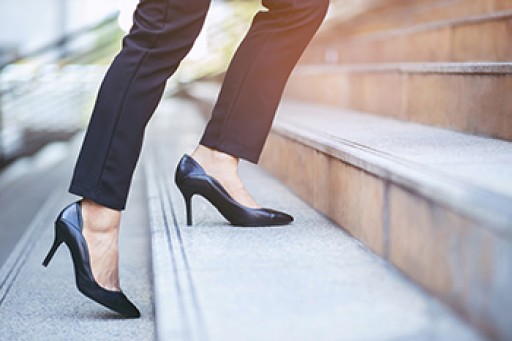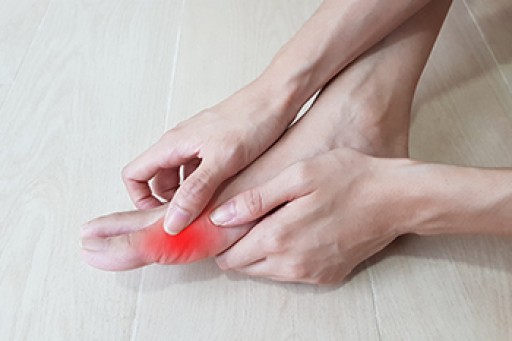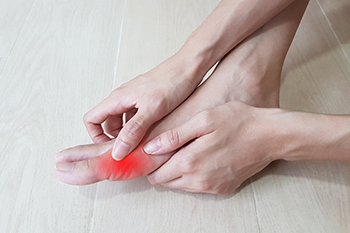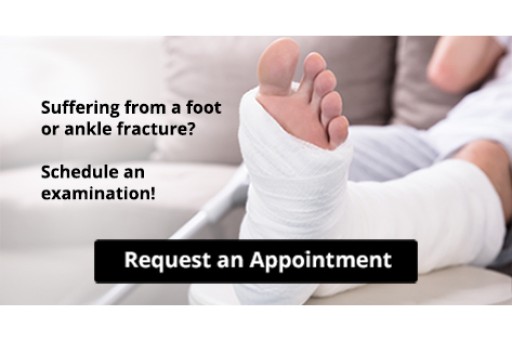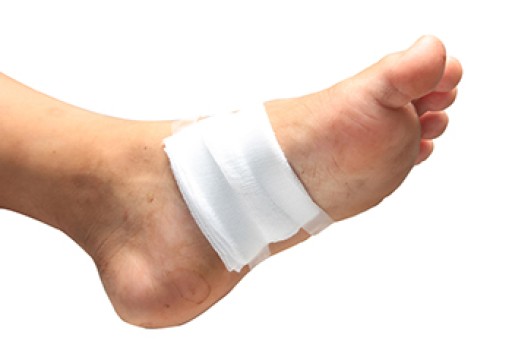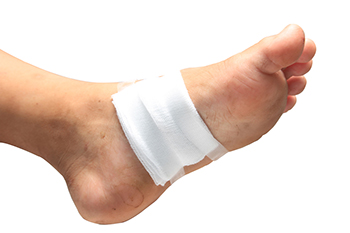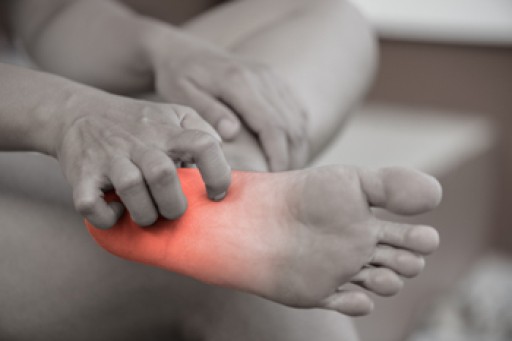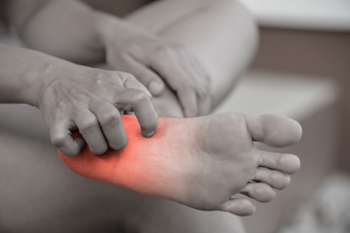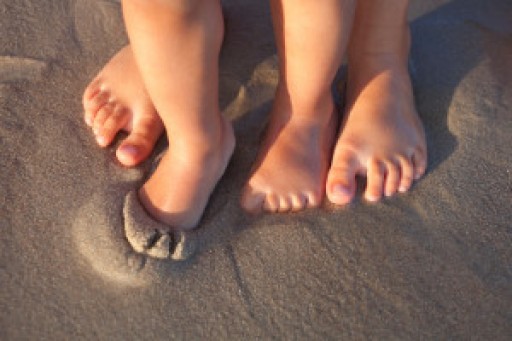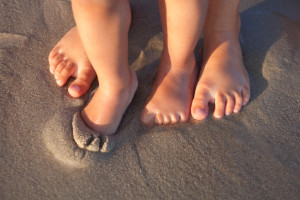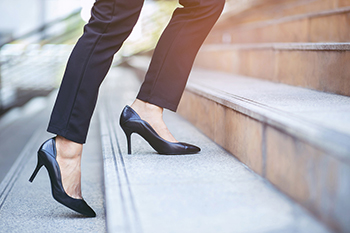
In the world of fashion, high heels have long been a symbol of elegance and femininity. Women don these stylish shoes to exude confidence and sophistication, often enhancing their overall appearance. The elevated stature achieved by wearing high heels can create a sense of empowerment, both physically and mentally. However, this fashion choice comes with a price, impacting the feet in various ways. The arching of the foot, a characteristic of high heels, can lead to strain on the calf muscles and alter the body's natural alignment. In addition, prolonged wear may contribute to foot pain, bunions, and other podiatric issues. Despite the potential risks, many women continue to embrace high heels as a form of self-expression. A podiatrist can further explain how wearing high heels can affect the feet. If you have foot, toe, or ankle pain as the result of wearing high heels, it is suggested that you visit this type of doctor for an exam and treatment.
High heels have a history of causing foot and ankle problems. If you have any concerns about your feet or ankles, contact one of our podiatrists from InStride Family Foot Care. Our doctors can provide the care you need to keep you pain-free and on your feet.
Effects of High Heels on the Feet
High heels are popular shoes among women because of their many styles and societal appeal. Despite this, high heels can still cause many health problems if worn too frequently.
Which Parts of My Body Will Be Affected by High Heels?
- Ankle Joints
- Achilles Tendon – May shorten and stiffen with prolonged wear
- Balls of the Feet
- Knees – Heels cause the knees to bend constantly, creating stress on them
- Back – They decrease the spine’s ability to absorb shock, which may lead to back pain. The vertebrae of the lower back may compress.
What Kinds of Foot Problems Can Develop from Wearing High Heels?
- Corns
- Calluses
- Hammertoe
- Bunions
- Morton’s Neuroma
- Plantar Fasciitis
How Can I Still Wear High Heels and Maintain Foot Health?
If you want to wear high heeled shoes, make sure that you are not wearing them every day, as this will help prevent long term physical problems. Try wearing thicker heels as opposed to stilettos to distribute weight more evenly across the feet. Always make sure you are wearing the proper shoes for the right occasion, such as sneakers for exercising. If you walk to work, try carrying your heels with you and changing into them once you arrive at work. Adding inserts to your heels can help cushion your feet and absorb shock. Full foot inserts or metatarsal pads are available.
If you have any questions please feel free to contact our offices located in Concord, Charlotte, and Salisbury, NC . We offer the newest diagnostic and treatment technologies for all your foot and ankle needs.
